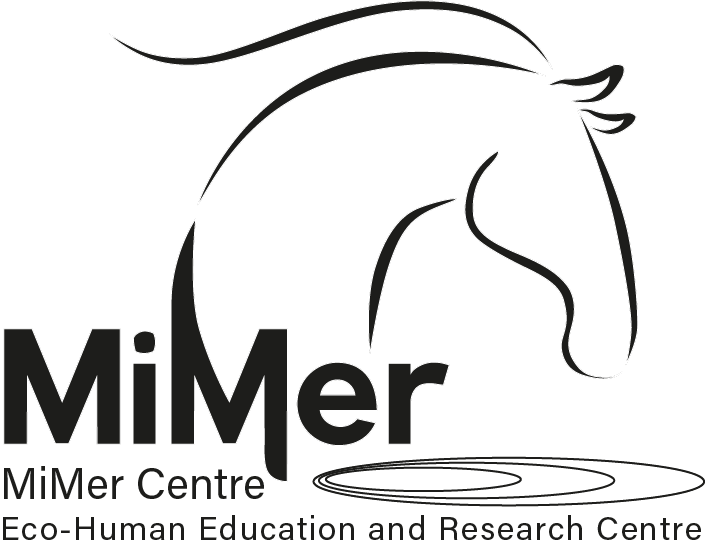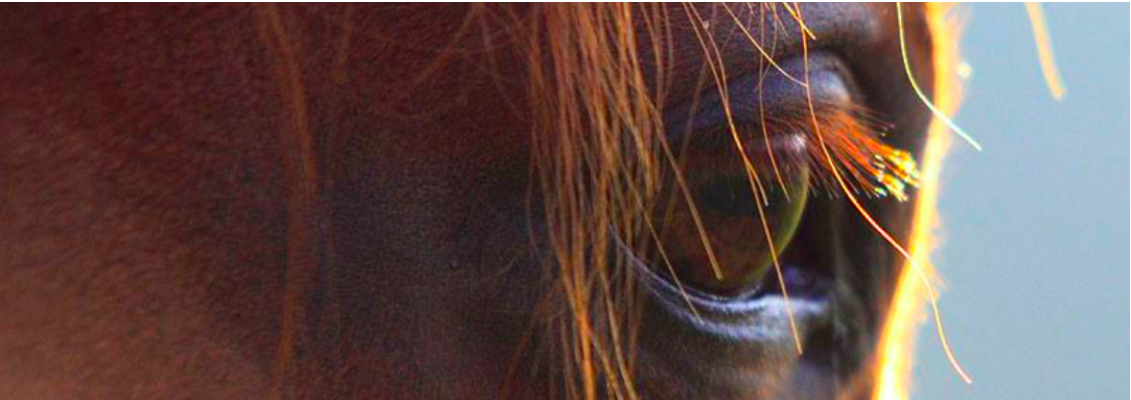Horses and Time
How do horses perceive time? Do they have agendas? Are they always in the here and now? Cognitive scientists are now debating how good
In the horse
Do the horse have an agenda?
This depends on what we mean by an agenda. Do we mean that a horse plans years ahead? Do we mean if the have a plan, or can have a plan with what they do?
Horses, like other mammals, have agendas. They know were to move, when to move there, they plan their food intake, when to and where to seek shelter from wind, rains, sun, insects and so on. Some mammals (and birds) learn how to use tools, so they need to figure out how to find such tools, sometimes how to bring them along and then how to use them. Do horses use tools? In a way they do. They do not take them in between their hoofs, the way we use our hands. But they use branches, bushes, other objects for scratching (or humans!) and they use things to sit on or lean on to stretch muscles. This is a kind of tool use. They have a plan with an object and they use the object to fill a need. To make it easier or more comfortable for themselves. If we decide that horses do not use tools, we will never see them do it.
We say that horses have no agendas when it comes to their meetings with humans. But as with the scratching example, they have also other things they want us to do, needs to fulfill. And this is what agendas are about – fulfilling needs and having a plan on how to do it. And horses can draw conclusions, think in sequences, learn and re-learn, they have an excellent memory. So when they meet us, they
But of course, they do not write their agenda down. And I do not think they plan to be evil or to be nice next time they meet a human. They don't think, next time, I am going to bite her again (or maybe they do ;-) ). Maybe it is fairer to say that they do not have hidden agendas? That they are more honest with their agendas?
In Mongolia, you seldom sell a horse. Because if you do, you are always faced with the problem that it will leave and go home. To where it came from. To its own family. You can move a horse a long way – but it will find its way home. This is also a sort of an agenda. The horse wants to go home, so it finds its way. It has a need, a goal and it acts to fulfill it, reach it.
In elephants there have
Are horses always in the "here and now"?
To be able to answer that question, we must first define what we mean by being in the "here and now"? It is a
Horses do not only live in the moment,
As humans, horses experience hard stuff. And sad to say, a lot comes from the way we as humans treat, train and keep them. How does this effect horses? Pretty much in the same way it effects humans. When a horse frequently spooks, it is not because it is a flight animal (and being partially a flight animal does not define them more that it defines us, as we humans are also partly flight animals), it is because the horse connects it with scary experiences. Often experienced when it has been subjected to a situation it got scared of and had no means to understand, was not given the opportunity to integrate it in its knowledge bank about how the world works. Other horses freeze when being scared and are made to move out of the freeze with the aids of whips, spurs and kicks. Add the facts that they still regularly are taken away from their mothers between the age of 4-6 months. Often put together with other young horses they do not know, made to eat food their digestive system is not adapted to, often in stalls in boxes, alone, with too little space to move around in and for many hours in a row. This way we deprive them of a lot of things. They can not learn from older horses, they do not have their mother to show them what to eat, how to interact with other horses, their bodies suffer from the wrong kinds of food, from under stimulation, no bodily contact with other horses when stabled, too little movement (which is bad for growing muscles, tendons and bones – and the digestive system, which needs movement to function properly). I can go on for a long while. The point I am trying to make is that we humans contribute with a fair amount of hard experiences for horses to deal with. And with no help – they will develop anxieties, spookiness, fears, stereotypical behaviors and other problems. They will act like flight animals.
But, they will be able to help people better if also they can start their "healing journey". Which is about being able to trust their own perceptions, daring to use all their senses, have access to their cognitive abilities – living in a safe environment where they have all their basic biological needs taken care of, enough to eat, friends, space to move around in etc.
So, if a horse reacts to a situation with fear,
There are of course other aspects of what being in the here and now means. What does the horse's sense of time look like? Do they know if they are in the here and now, or not? If they do not have a hidden agenda, or a malevolent/benevolent plan when they meet us – they are somehow in the here and now, acting out of what now presents itself in front of them, in a way humans are struggling with. We often actively think about yesterday and tomorrow, our minds
And just a
When you subscribe to the blog, we will send you an e-mail when there are new updates on the site so you wouldn't miss them.



Comments 1
I have 6 horses and have been working a lot on communicating with them. Not only do I see them waiting for things (ex. grain or hay), I see them telling me where to be, and where they want/expect to be (later). I also see use of stalling (use of time) while technically behaving, perception that certain things should happen at certain times, a preference for ordering activities (sequence in time), and awareness of durations (ex. knowing they can stay in a field for about 2 hours and sometimes removing themselves without human intervention, or waiting by the gate in a field of grass -ready to be told to leave). There are more, these are just off the cuff. I think much more about gesture communication and time should be studied. I just do it with my own horses and love it.